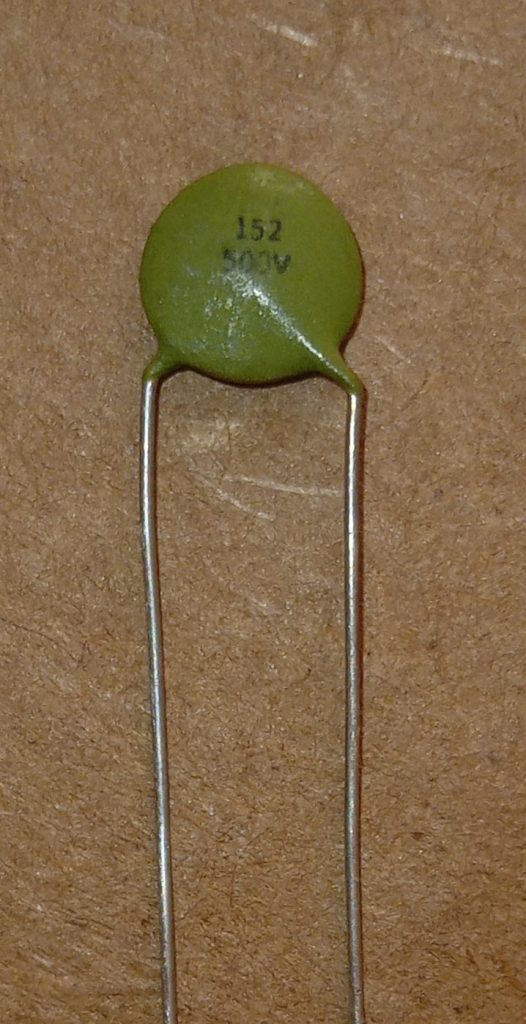
James Chessman gave me permission to use his comment.
“””I have encountered a phenomenon called “age-down” in ceramic capacitors tested on ICT (In-Circuit Test) machines. I was working for a circuit-board manufacturer, developing new test sets. I was seeing these caps consistently read high in new tests. And, pulling them out of the circuit they are indeed on the high side of their tolerance range – even to the point of being out-of-tolerance. So I keep bumping up the test windows after verifying that they really are the correct parts.
A couple of months later, we are running boards and returns start coming back. Lo and behold, the **same capacitors** are reading low. Out-of-circuit, they read high. What gives?
Heat. These devices are temperature-dependent. They are ceramic, manufacture involves firing them in a kiln. That’s a lot of heat. They are **intentionally** made to be on the high end of their tolerance range because as they settle down, their values drop. It is called “age-down” and it takes weeks or months, far longer than just the thermal cool-down time.
Then we put them on boards. This involves heating them up – either in wave-solder or reflow. Either way, they get toasty and this resets the age-down curve. They are now on the high side of their range and they begin the age-down process again.
Boards that came back for returns had capacitors that had aged back down. If we pulled one off the board, we did it with a soldering iron – heat again! Reset the age-down curve again.
As suggested above, those are probably 20% parts. The readings you are getting are within tolerance for 1500 pF +/-20% parts – low side to be sure but still in the window. And if they have been sitting around a while, they have “aged down”. “””











